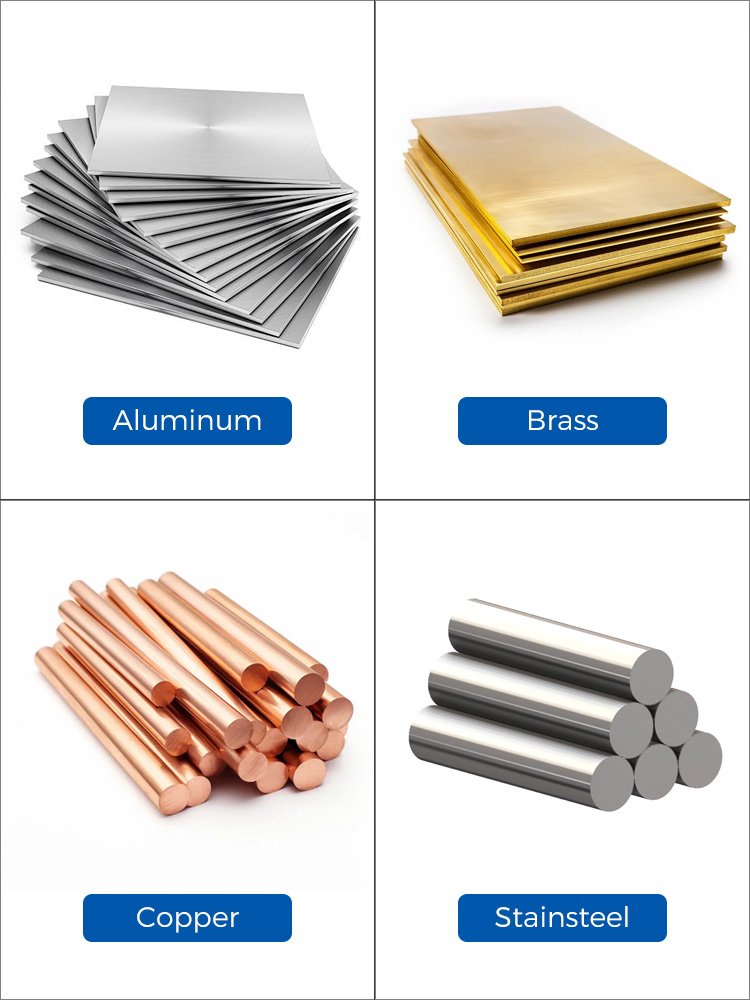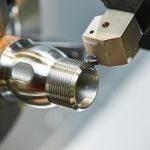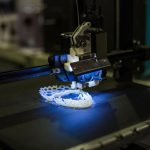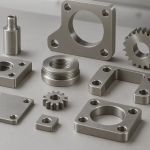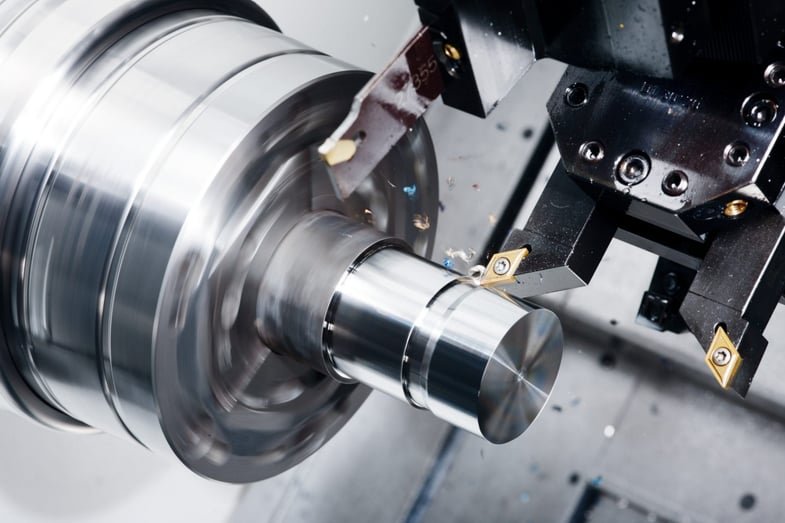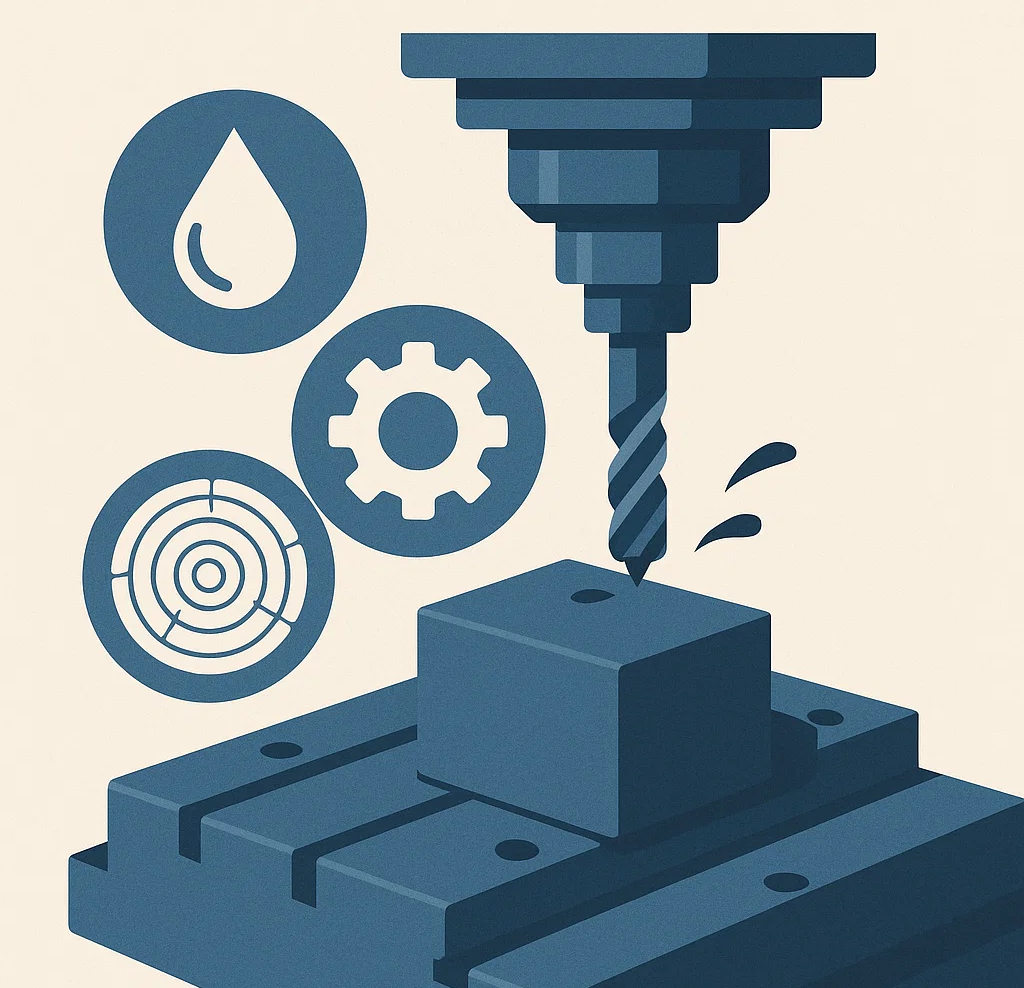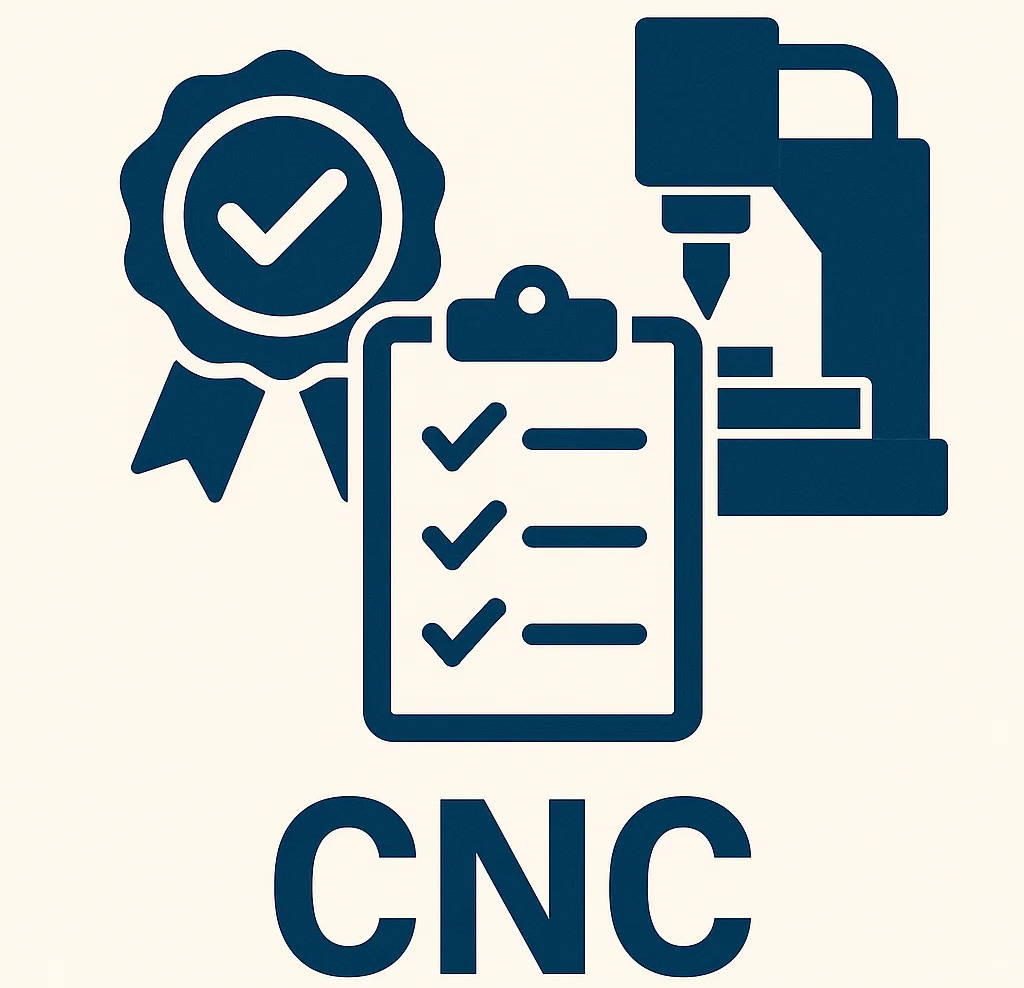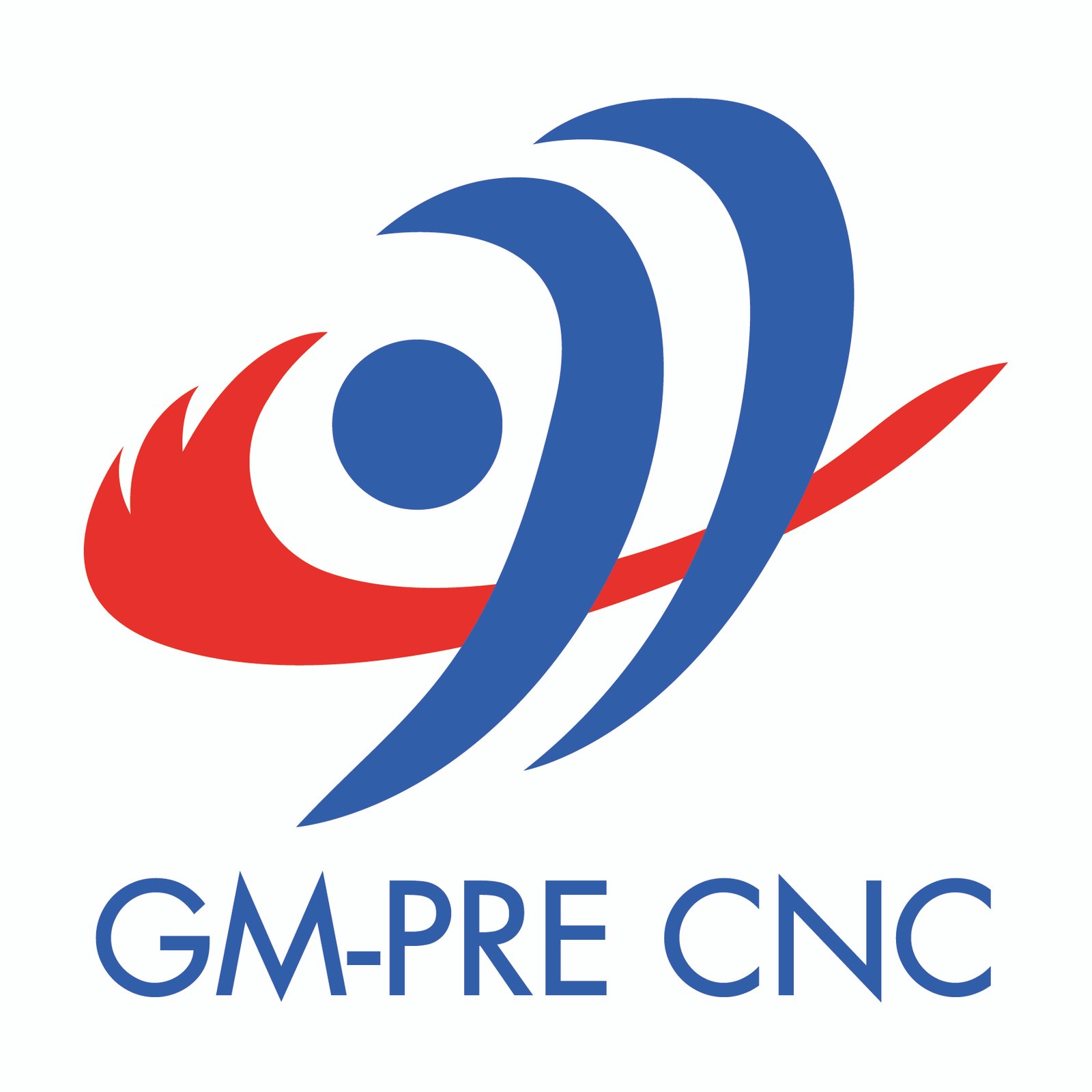What is CNC Turning
CNC Turning is a precision machining process that rotates a workpiece on a spindle while a cutting tool removes material to create cylindrical or conical shapes. Controlled by computer numerical code (G-code), it delivers unmatched accuracy (±0.005 mm) for industries like aerospace, medical, and automotive.
The Basics of CNC Lathes
A CNC lathe consists of core components designed for automated, high-precision operations:
Spindle:
- Rotates the workpiece at 50–5,000 RPM (varies by material and diameter).
- Hydraulic or pneumatic chucks secure parts ranging from 5 mm to 500 mm in diameter.
Turret:
- Holds 8–12 cutting tools (turning, drilling, threading) for multi-operation machining.
- Automatic tool changes (ATC) reduce setup time by 70%.
Guideways:
- Linear or box-type guideways ensure rigidity during heavy cutting (e.g., hardened steel).
- Positioning accuracy: ±0.002 mm (with laser calibration).
Control Panel:
- Fanuc, Siemens, or Mitsubishi systems for real-time monitoring and adjustments

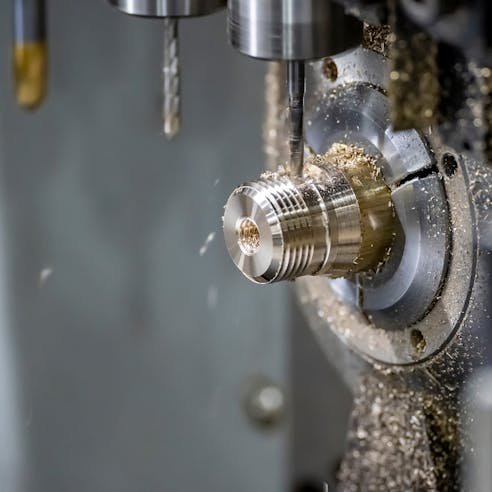
How CNC Turning Works
1. CAD/CAM Design:
- Convert 3D models into G-code using software like Mastercam or SolidWorks.
- Optimize toolpaths for minimal material waste (nesting efficiency ≥85%).
2.Workpiece Setup:
- Mount raw material (bar stock, casting) onto the spindle.
- Align using touch probes (accuracy ±0.001 mm).
3.Machining Operations:
- Facing: Create flat surfaces (Ra 0.8–3.2 μm).
- Turning: Reduce diameter to target dimensions (±0.01 mm).
- Drilling/Tapping: Add holes or threads (M1–M30).
- Grooving/Parting: Cut slots or separate finished parts.
4.Real-Time Monitoring:
- Sensors detect tool wear, auto-adjust feed rates for consistency.
5.Post-Processing:
- Deburring, anodizing, or passivation for enhanced functionality.


